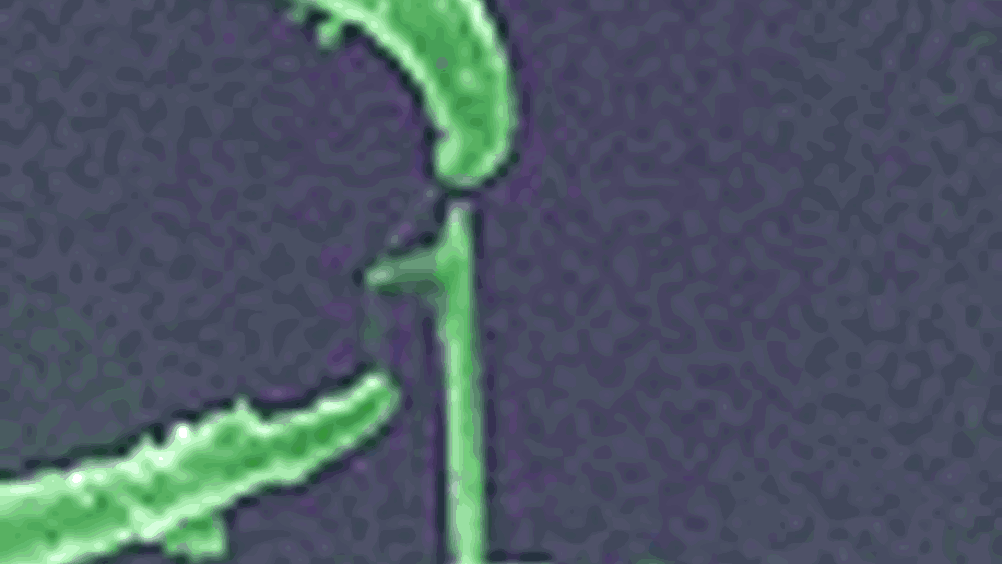Nanoknife is a cut above
Researchers at the National Institute of Standards and Technology and the University of Colorado at Boulder have designed a carbon nanotube knife that could work like a wire cheese slicer.

Researchers at the
(NIST) and the
(CU) have designed a carbon nanotube knife that could work like a wire cheese slicer. The prototype nanoknife could allow scientists to cut and study cells more precisely than they can today.
Biologists typically use conventional diamond or glass knives, which cut frozen cell samples at a large angle, forcing the samples to bend and sometimes later crack. Because carbon nanotubes are extremely strong and slender in diameter, they make ideal materials for thinly cutting precise slivers of cells. In particular, scientists might use the nanoknife to make 3D images of cells and tissues for electron tomography, which requires samples less than 300 nanometres thick.
By manipulating carbon nanotubes inside scanning electron microscopes, scientists have begun crafting a suite of research tools, including nanotweezers, nanobearings and nanooscillators. To design the nanoknife, the NIST and CU scientists welded a carbon nanotube between two electrochemically sharpened tungsten needles. In the resulting prototype, the nanotube stretches between two ends of a tungsten wire loop. The knife resembles a steel wire that cuts a block of cheese.
Register now to continue reading
Thanks for visiting The Engineer. You’ve now reached your monthly limit of news stories. Register for free to unlock unlimited access to all of our news coverage, as well as premium content including opinion, in-depth features and special reports.
Benefits of registering
-
In-depth insights and coverage of key emerging trends
-
Unrestricted access to special reports throughout the year
-
Daily technology news delivered straight to your inbox










Breaking the 15MW Barrier with Next-Gen Wind Turbines
Hi Martin, I don´t have any detailed parameters for the 15MW design other than my reading of the comment in the report ´aerodynamic loads at blade-tip...